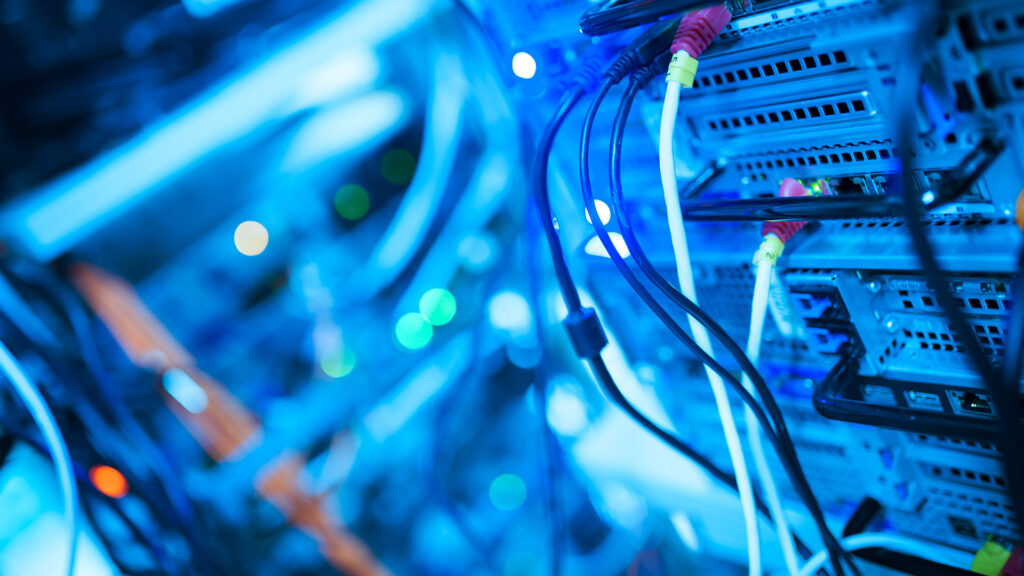Beware of Holiday Cyber Scams in 2024

As the 2024 holiday season approaches, the excitement of shopping and gift-giving is in the air. However, it’s also a prime time for cybercriminals who are eager to exploit the festive rush. Understanding the top holiday cyber scams can help protect yourself and your loved ones during this joyous yet vulnerable time. The Rise of […]
Which Model and When: Managed Services vs. Professional Services

When deciding between managed services vs. professional services, reflecting on your business needs is essential. Managed services support everyday tasks, while professional services offer expert help for specific projects. How do you know which one is right for you? Understanding the differences can help you optimize your IT strategy and reach your goals. Here are […]
Switching Gears: How to Efficiently Migrate to a New Managed Services Provider

Experience the Benefits of Migrating Your Managed Services Provider with Us! We’ve seen firsthand the challenges businesses face when migrating to a managed services provider, and that’s where WheelHouse IT comes in. Our team specializes in guiding clients through the complex process, ensuring a seamless transition while minimizing disruptions to daily operations. By consolidating providers and leveraging […]
How MSPs Play a Crucial Role in Uptime via Network Redundancy

Network redundancy is a cornerstone for uninterrupted operations in today’s interconnected digital landscape. Imagine the implications of network downtime on your business—the potential loss of revenue, compromised productivity, and damaged reputation. Now, consider Managed Service Providers (MSPs)’ pivotal role in fortifying your network against such risks. As you navigate the intricate web of network reliability, […]
The Advantages of One: Why Partner with a Single IT Vendor

In today’s complex technological landscape, partnering with a single IT vendor like Wheelhouse IT can revolutionize your business operations. This approach offers a cohesive and tailored IT strategy that streamlines processes, enhances security, and provides cost-effective solutions, ultimately elevating your organization’s technological capabilities. Enhanced Security and Compliance with a Single IT Vendor Choosing one reliable […]








